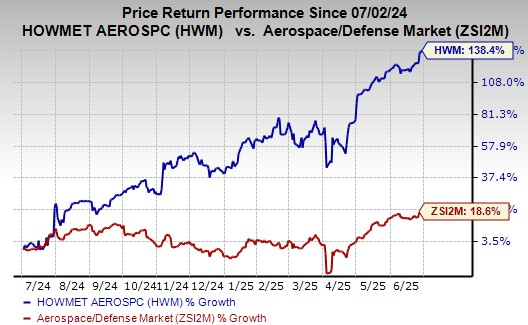Cocoa Prices Decline as Inventory Rises and Demand Concerns Grow
On Wednesday, July ICE NY cocoa (CCN25) closed down -155 (-1.43%), while July ICE London cocoa #7 (CAN25) ended down -187 (-2.45%).
Market Influences on Prices
Cocoa prices showed a decline on signs of rising inventories. ICE-monitored cocoa stocks in U.S. ports reached a 7-3/4 month peak of 2,165,175 bags on Wednesday.
In London, cocoa losses deepened as the British pound (^GBPUSD) surged to a 3-1/4 year high, negatively impacting cocoa futures priced in sterling.
Supply Factors Impacting Prices
On Tuesday, NY cocoa saw a rise to its 3-1/2 month nearest-futures high, partly due to a slowdown in cocoa exports from the Ivory Coast. Government data indicates that farmers exported 1.58 million metric tons (MMT) of cocoa from October 1 to May 18, marking a 10.5% increase from last year but down from a much larger 35% rise recorded in December.
Weather patterns in West Africa also pose challenges. Although recent rains occurred, drought conditions persist in over one-third of Ghana and the Ivory Coast, according to the African Flood and Drought Monitor.
Quality Concerns Affect Harvest
In recent weeks, cocoa prices have surged due to quality issues with the Ivory Coast mid-crop, which is earmarked for harvest through September. Processors report rejecting truckloads of cocoa beans, citing poor quality; about 5% to 6% of the mid-crop cocoa is deemed below standards, compared to just 1% during the main harvest.
Rabobank attributes the mid-crop’s quality issues to delayed rainfall that hindered crop growth. This smaller annual crop typically begins in April, with estimates for this year’s yield projected at 400,000 MT, down 9% from last year’s 440,000 MT.
Broader Economic Concerns
A rebound in cocoa inventories is a bearish signal for future prices. Since hitting a 21-year low of 1,263,493 bags on January 24, ICE-monitored stocks in U.S. ports have risen to 2,156,644 bags—a 7-3/4 month high.
Market sentiments are clouded by concerns that consumer demand for cocoa and cocoa products may decline due to potential tariffs increasing already high prices. Notably, Barry Callebaut AG reduced its annual sales guidance in response to these factors. Similarly, Hershey Co. reported a 14% drop in Q1 sales and anticipates an additional $15-$20 million in tariff costs for Q2, which could lead to soaring chocolate prices and decreased consumer demand. Mondelez International, too, reported weaker-than-expected Q1 sales, linking it to economic uncertainty and elevated chocolate prices.
Global Demand Insights
Despite these challenges, there is some positive demand news. Cocoa grindings in North America fell by 2.5% year-over-year to 110,278 MT, which was better than the expected decline of at least 5%. In Europe, grindings dropped 3.7% year-over-year to 353,522 MT, and in Asia, a 3.4% drop was recorded, also less than anticipated.
Forecasts and Future Supply Concerns
Decreasing cocoa supplies from Ghana, which ranks as the world’s second-largest cocoa producer, lend some support to prices. Ghana’s cocoa regulator, Cocobod, revised its harvest forecast for 2024/25 downward to 617,500 MT, reflecting a 5% decrease from earlier estimates.
The International Cocoa Organization (ICCO) reported on February 28 that the 2023/24 global cocoa deficit reached 441,000 MT, the largest shortfall in over six decades. Production is expected to fall by 13.1% year-over-year to 4.380 MMT, while the global cocoa stocks/grindings ratio is projected to be 27.0%, marking a 46-year low. For the upcoming 2024/25 season, ICCO anticipates a global cocoa surplus of 142,000 MT, marking the first surplus in four years, with production projected to rise by 7.8% year-over-year to 4.84 MMT.
On the date of publication, Rich Asplund did not hold positions in any of the securities mentioned in this article. All information and data are for informational purposes only. For more details, please view the Barchart Disclosure Policy.
More news from Barchart
The views expressed herein are those of the author and do not necessarily reflect those of Nasdaq, Inc.







